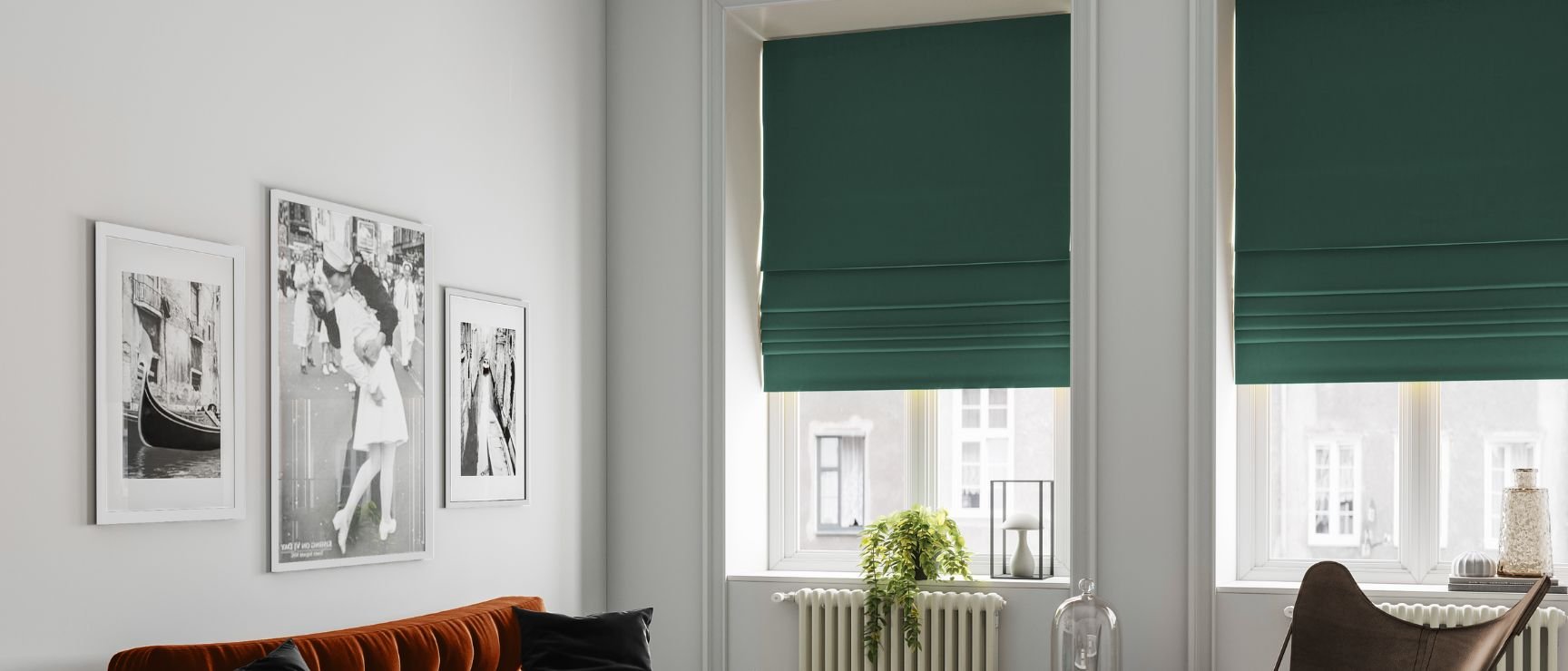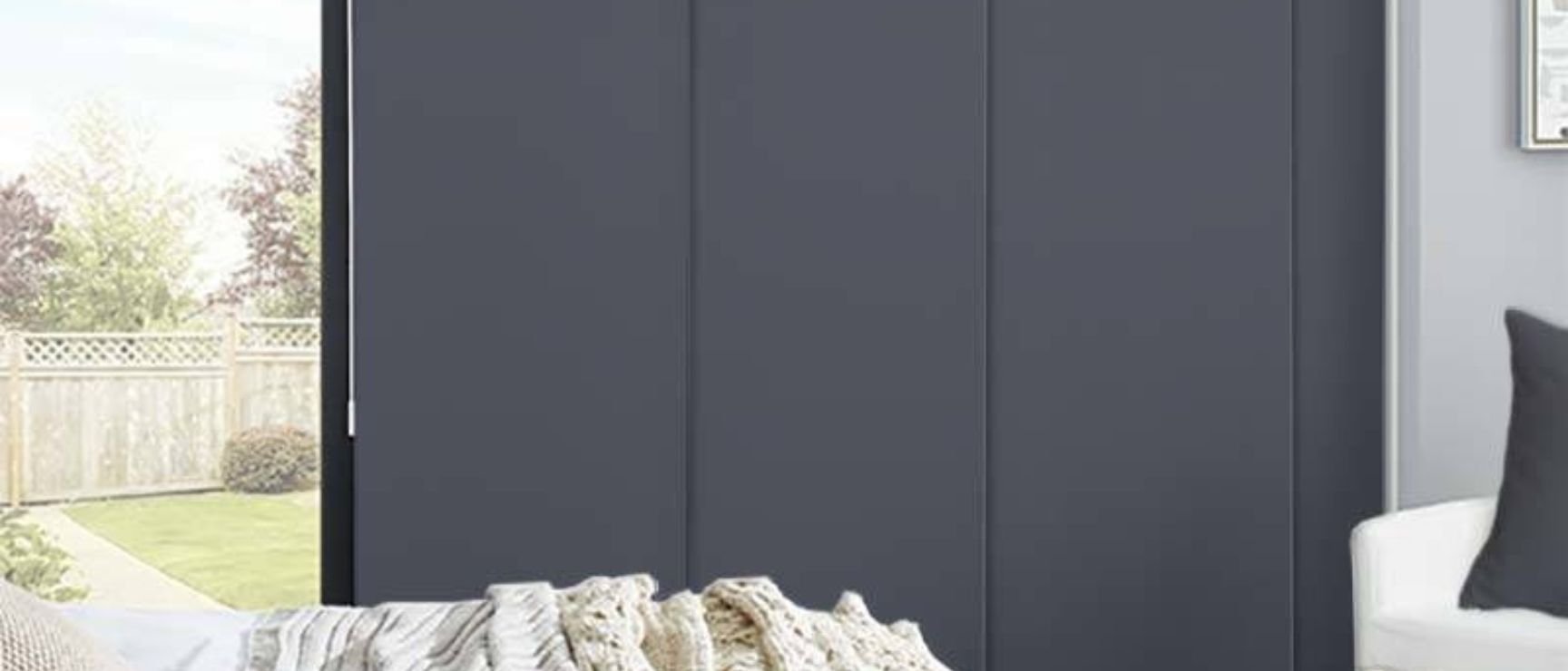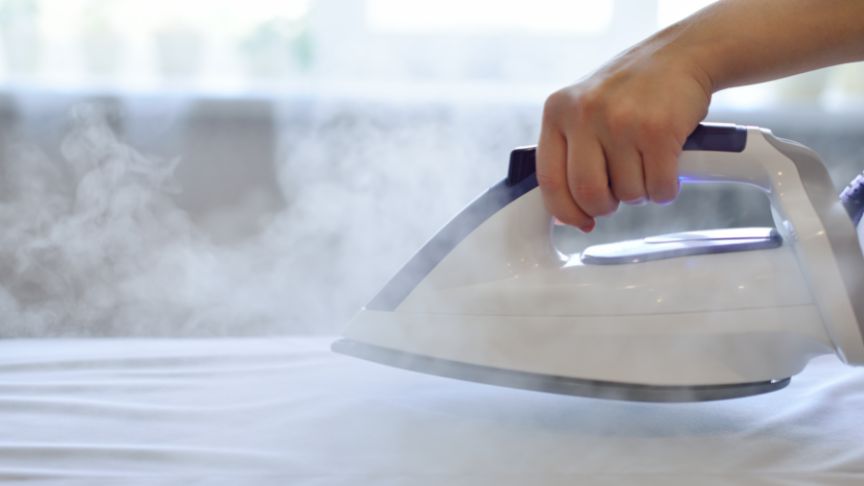Roman blinds are a timeless and elegant window dressing made from soft fabric that folds neatly into pleats when raised. Unlike roller blinds that roll up, Roman blinds create soft, structured folds, adding warmth and sophistication to any space. Available in a wide range of fabrics, colours, and linings, they’re a stylish yet practical way to enhance your home decor.
A Glimpse into the History of Roman Blinds
Roman blinds have been around since Ancient Rome, originally designed to keep dust and sunlight at bay. Early versions were simple damp cloths or woven fabrics draped over windows. Over time, they evolved into the refined and decorative blinds we know today.


How Do Roman Blinds Work?
Roman blinds operate using a clever system of cords and rods sewn into the fabric. When you raise the blind, the cords gently pull the fabric into neat, cascading folds. The result? A polished, sophisticated look that’s effortlessly stylish.
What Fabrics Are Roman Blinds Available In?
Roman blinds come in a variety of fabrics to suit different styles and needs. Linen Roman blinds offer a light and airy feel, perfect for a relaxed, natural look, while silk Roman blinds bring a touch of luxury with their soft sheen. Textured fabrics add depth and character, cotton provides a crisp and versatile finish, and velvet Roman blinds create a rich, cosy atmosphere. They also come in lots of gorgeous colours and patterns, making it easy to find the perfect design to complement your space.
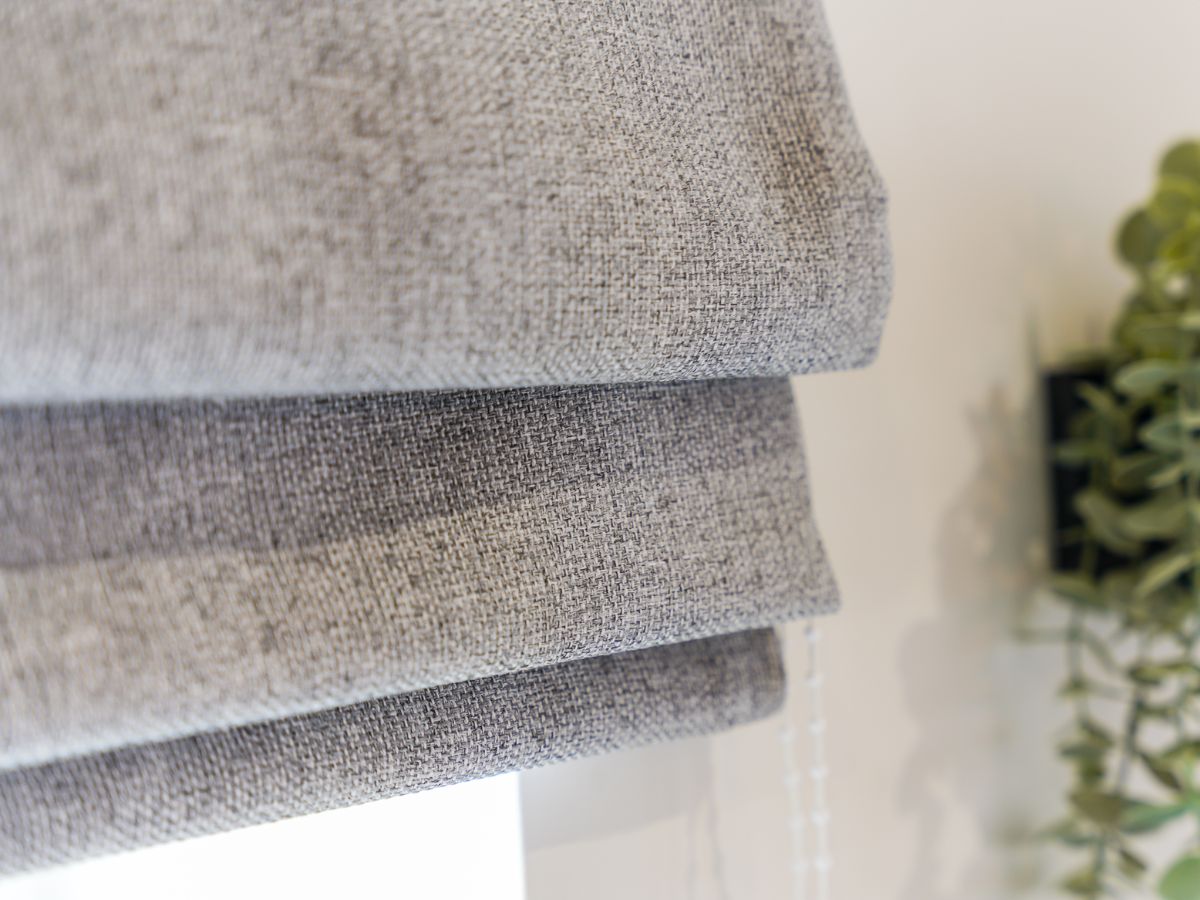

How Much Do Roman Blinds Cost?
The cost of Roman blinds depends on the fabric, size, and any additional features like blackout or thermal lining. Prices typically range from £30 to £200 per blind, with custom-made options at the higher end. To get an accurate cost, browse our roman blinds range simply choose your favourite design, enter your measurements, and customise it to your taste.
Are Roman Blinds Easy to Install?
Yes! Roman blinds are straightforward to install and come with simple instructions. All you need is a drill, screws, and a measuring tape. Just mount the brackets, attach the blind, and secure the safety clip to the wall. You can fit them inside or outside the window recess, depending on the look you prefer. View our full guide on how to install roman blinds.
Are Roman Blinds easy to maintain?
Roman blinds are kept in tip-top condition with regular maintenance. Here’s how to keep them looking their best:
- Dust lightly with a vacuum upholstery attachment every couple of weeks.
- Smooth out creases with a gentle steam or iron (on a low setting).
- Spot clean stains by dabbing with a damp cloth, avoid harsh chemicals to protect the fabric.
- Dry clean delicate fabrics if needed for a deeper refresh.
Read our full guide on how to clean Roman blinds for more tips.
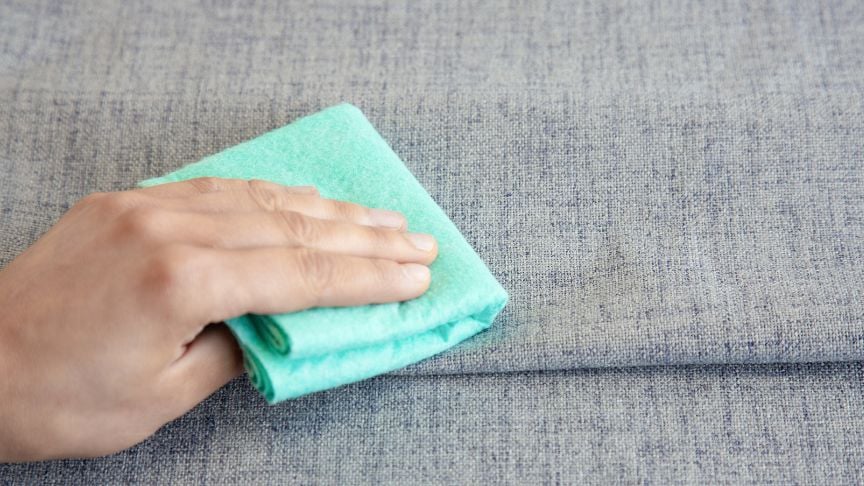

How Do You Operate Roman Blinds?
Roman blinds are adjusted with a simple chain mechanism, allowing you to raise or lower them to control light and privacy with ease.
Can Roman Blinds Be Altered?
Yes! Roman blinds can be adjusted in width and drop, although larger modifications may require professional assistance. Some designs also allow you to change the lining or adjust the folds for a different look.
FAQs About Roman Blinds
Why Are They Called Roman Blinds?
They originated in Ancient Rome, where they were first used to shield homes from dust and sun. Their name and design have stood the test of time!
Are Roman Blinds Old-Fashioned?
Not at all! Their classic design has evolved with modern trends, making them a stylish choice for both contemporary and traditional homes.
Roman blinds are a perfect balance of style and function, offering a sophisticated touch while keeping your space comfortable and inviting. Whether you’re looking for a bold statement or a soft, neutral look, there’s a Roman blind to suit your home beautifully.
